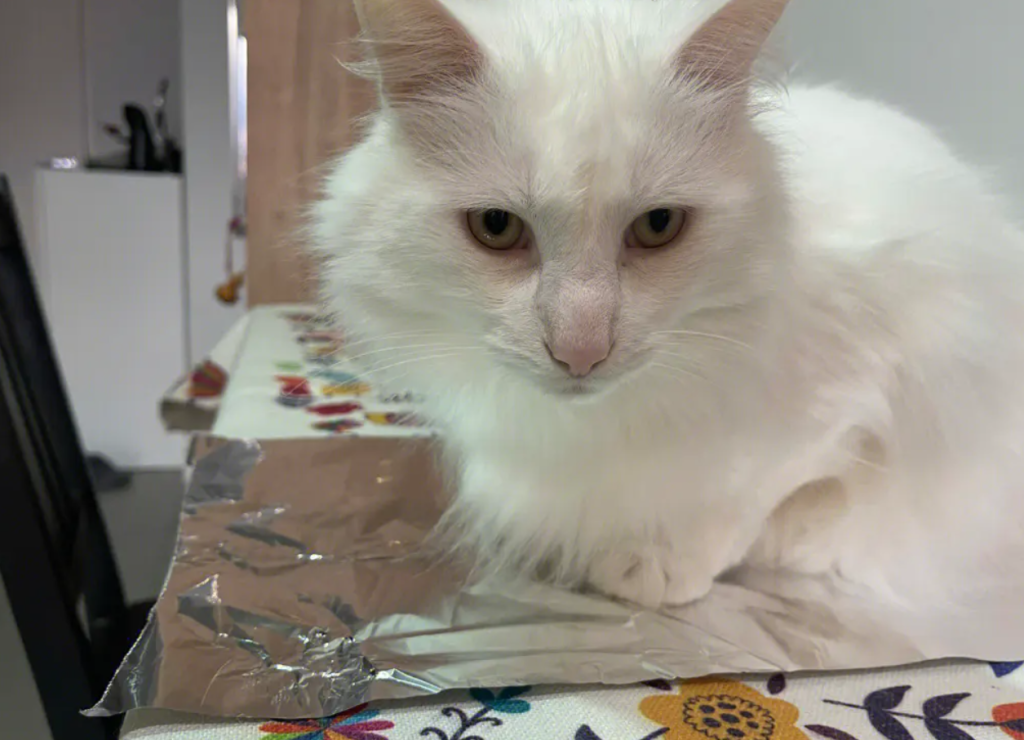Aluminum foil is a common household item used in various ways, but its presence often elicits curious or adverse reactions from cats. Let’s delve deeper into the reasons behind cats’ dislike of aluminum foil.
Heightened Sensory Perception
Cats possess highly sensitive senses, particularly their hearing and touch. The crinkling or rustling sound of aluminum foil can be startling to their keen ears, causing them to associate it with potential danger or unpredictability.
Tactile Sensitivity
Cats are known for their preference for soft, comfortable surfaces. The smooth, cold texture of aluminum foil may feel foreign and unpleasant to their delicate paw pads, prompting them to avoid direct contact with it.

Visual Disturbance
The reflective surface of aluminum foil can create visual disturbances, especially in sunlight or artificial lighting. Cats, known for their acute vision, may find the glimmering reflections disconcerting or confusing, leading them to steer clear of areas adorned with aluminum foil.
Odor Perception
While humans may not detect any discernible odor from aluminum foil, cats’ sensitive noses may pick up faint metallic or chemical scents. These odors could be off-putting to some cats, triggering avoidance behaviors in response.
Perceived Threat
Cats are instinctively cautious creatures and may view unfamiliar objects or materials as potential threats. The unpredictable nature of aluminum foil, with its tendency to crinkle and move unexpectedly, can trigger a cat’s survival instincts, prompting them to keep a safe distance.
Negative Conditioning
If a cat has had a negative experience with aluminum foil in the past, such as encountering it during a stressful event or associating it with a loud noise, they may develop a lasting aversion to it based on that experience.

Understanding these factors can help cat owners create a comfortable and stress-free environment for their feline companions by minimizing exposure to aluminum foil or providing alternative surfaces that cater to their sensory preferences.


